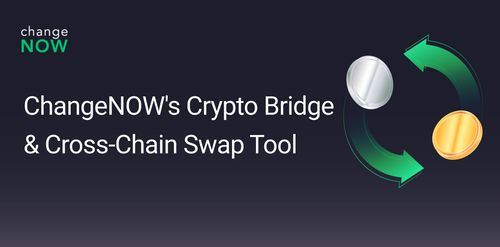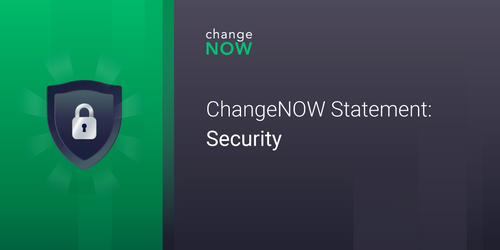Microsoft's Global Service Outage: Why Web3 is the Future

On July 19, 2024, Microsoft experienced a major global outage that left millions of users scrambling. Services like Microsoft 365 and Teams were hit hard, causing chaos across various sectors. Airports worldwide faced severe issues, leading to flight cancellations and delays due to the unavailability of essential systems.
According to Euronews, the outage started in the early hours and lasted several hours, disrupting banks, businesses, educational institutions, and government operations. The root cause was unclear, but it exposed the weaknesses of centralized service providers and their potential to bring the world to a halt.
How Web3 Solves These Problems
Web3, the cool new kid on the internet block, addresses these vulnerabilities with decentralized networks and blockchain technology. Unlike traditional systems, Web3 spreads data across a network of nodes, cutting down the risk of a single point of failure. Here’s how Web3 can save the day:
Decentralization: Forget single points of failure! Web3 distributes data and services across many nodes. Even if one node takes a nap, the network keeps on humming, ensuring uninterrupted service.
Smart Contracts: Think of smart contracts as your super-reliable robot lawyers. They’re self-executing contracts with the terms directly written into code. They automatically enforce agreements when conditions are met, reducing the need for middlemen and minimizing the risk of human error. Transactions are smooth, secure, and transparent.
Transparency and Trust: Web3 is like having an open-book policy for all transactions and data changes. Everything is recorded on an immutable ledger, which means you can trust the system without needing a central authority to tell you it’s legit.
Projects Demonstrating Web3's Strengths
Web3 has already shown its muscle in various projects, proving that decentralization is not just a buzzword but a real game-changer. Check out these stars:
- Ethereum (ETH): Ethereum is like the superhero of decentralized platforms, enabling developers to build and deploy smart contracts and dApps. During the 2017 ICO boom, Ethereum handled a massive load of transactions without breaking a sweat, showing off its scalability and resilience.
- Filecoin (FIL): Filecoin is your go-to decentralized storage network. It keeps your data safe and accessible by using a distributed network of storage providers. Even if some nodes go on vacation, your data stays right where it needs to be.
- Polkadot (DOT): Polkadot is the social butterfly of the blockchain world, enabling different blockchains to chat and share information securely. Its decentralized architecture ensures that even under high traffic, the network stays resilient and efficient.
Conclusion
The recent Microsoft outage is a wake-up call highlighting the fragility of centralized systems. As we step into a more digital future, the need for resilient, secure, and efficient technologies is more apparent than ever. Web3, with its decentralized framework, offers a promising solution to these challenges.
For businesses and individuals, embracing Web3 isn’t just about staying trendy—it’s about building a safer, more reliable internet for everyone. So, why not join the Web3 revolution?



